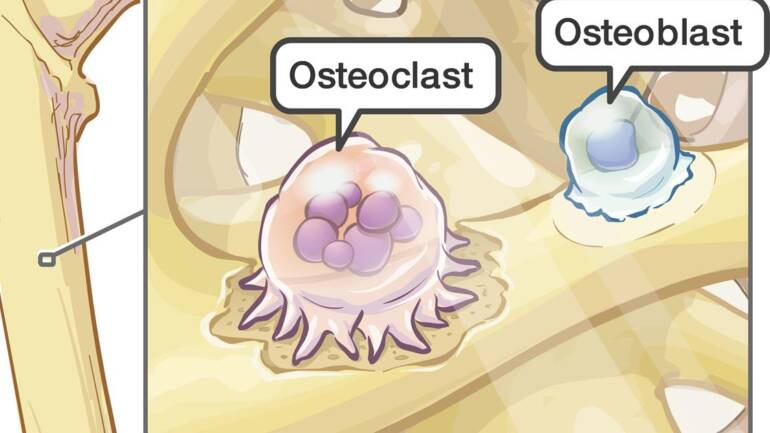In the world of technical presentations, one common challenge is conveying complex information to non-technical audiences. It requires skillful communication to ensure that the message is understood and appreciated by a broader audience. Let’s explore a couple of tips for making complex subjects more palatable and engaging to non-technical individuals.
Using Simple Language
A crucial aspect of effectively communicating complex subjects to non-technical audiences is to use commonly understood words and avoid excessive technical jargon. Use language that resonates with a broader range of people. By substituting technical terms with more accessible alternatives, you can enhance comprehension and engagement.
Let’s consider an example from the field of orthobiologics (I worked as an engineer in this field). Instead of using terms like “osteoblasts” and “osteoclasts,” which are specific bone cells, use more descriptive language. For instance, refer to “osteoblasts” as bone-forming cells. The phrases “bone-forming” makes the concept clearer to the audience. Similarly, instead of using the term “osteoclasts” to represent bone-eating cells, use “bone-eating” itself. By employing relatable and familiar language, such as “forming” and “eating,” the audience can easily grasp the intended meaning. These simple substitutions create a more inclusive environment for learning and understanding complex subjects.
Defining Technical Terms
Another effective approach is to provide definitions or explanations of technical terms at the beginning of the presentation. By introducing the meaning of terms like “osteoblasts” and “osteoclasts” early on, the audience can refer back to the definitions throughout the presentation, ensuring comprehension and preventing confusion.
Ultimately, the key to making complex subjects palatable for non-technical audiences lies in the effective use of language. By replacing technical jargon with commonly understood words and providing clear definitions for specialized terms, presenters can bridge the gap between technical and non-technical worlds. The goal is to ensure that the audience can relate to and comprehend the content, resulting in a more engaging and impactful presentation.

